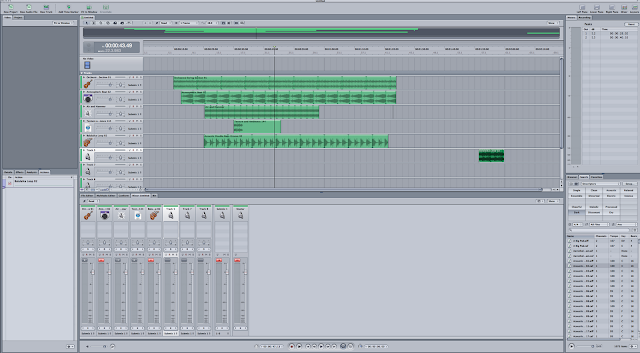In our lesson we watched this documentary as it reflected how vital film openings are. Thomas Sutcliffes quote in the movie really inspired me. "Films need to seduce their audience into long term commitment. While there are many types of seduction, the temptation to go for instant arousal is almost irresistible". This means that the most effective way to catch and keep the audiences attention is by making the first scene dramatic. This engages the audience, drawing them in so that they ask why? who? what? where? and when? in order for the director to have full commitment. However, Director Jean Jaques Beineix says that the risks in 'instant arousal' is that you have to live up to the opening. If you have a dramatic opening then the rest of the film has to be at the same expectation, answering all the questions. Another bit of key advice given in the documentary is 'Dont give away too much, however, keep the audience engaged'.
Critic Stanley Kaufman describes a classic opening to be the camera establishing a New York building, going up following the sky scrapper then into the setting of the building. This is good because the audience goes from an outside setting to an interior. This allows the audience to feel like they are following the characters life.
The image above of the film Seven is very important in film openings as it foreshadows the rest of the film and also has a very discreet opening sequence as we do not see the characters, just close ups.
In the documentary we also watched the opening to 'Touch of Evil'. Orson Welles wanted to be able to shoot the opening (4minutes) with no cuts until the very end where there was an explosion. Orson Welles was successful however the Universal Studios added music and titles to it.
We also learned what is meant by 'Favourite trick of Film Noir'. The trick is to put the ending at the beginning. In the film 'The Shining' suspense is created through the cameras as they are following the protagonist from behind as though the cameras were predators. The Documentary really allowed us to have an insight on what complications may come with making our thriller opening, but also some really good advice which i am thankful for.








































